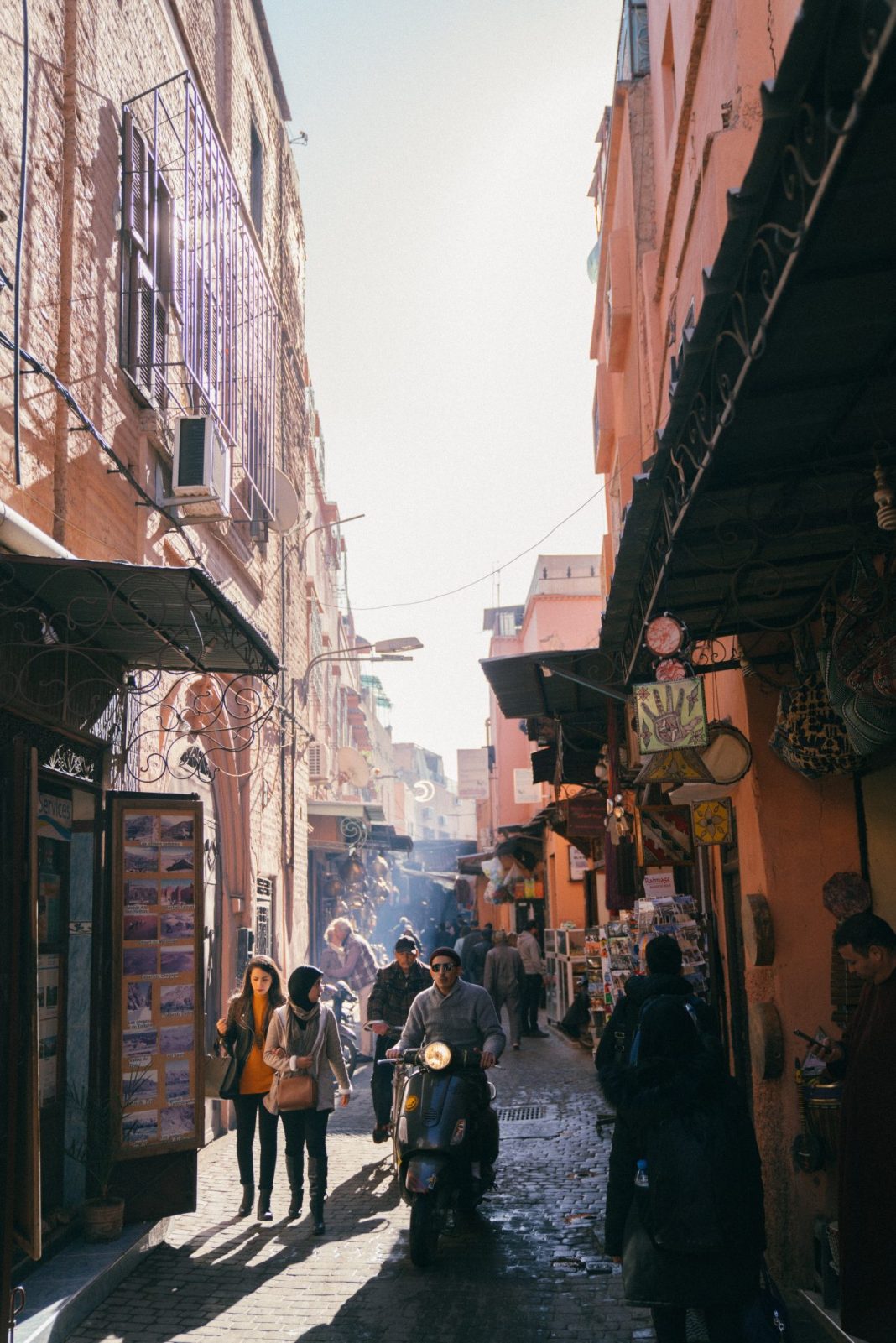If you travel to Morocco, the word Medina will appear everywhere. Medina is the old historical part of the city that is walled and contains narrow streets, fountains, palaces, mosques etc. So let me explain more about the Medina of Marrakech and its structure.
In 1985, the Medina of Marrakech was inscribed on the World Heritage list due to its impressive collection of monuments. In 2001 the cultural space of Jemaa el-Fna Square was proclaimed by UNESCO as a Masterpiece of the Oral and Intangible Heritage of Humanity. More about the structure and history of Marrakech you can read in my article A short history and structure of Marrakech.
Walls of Medina
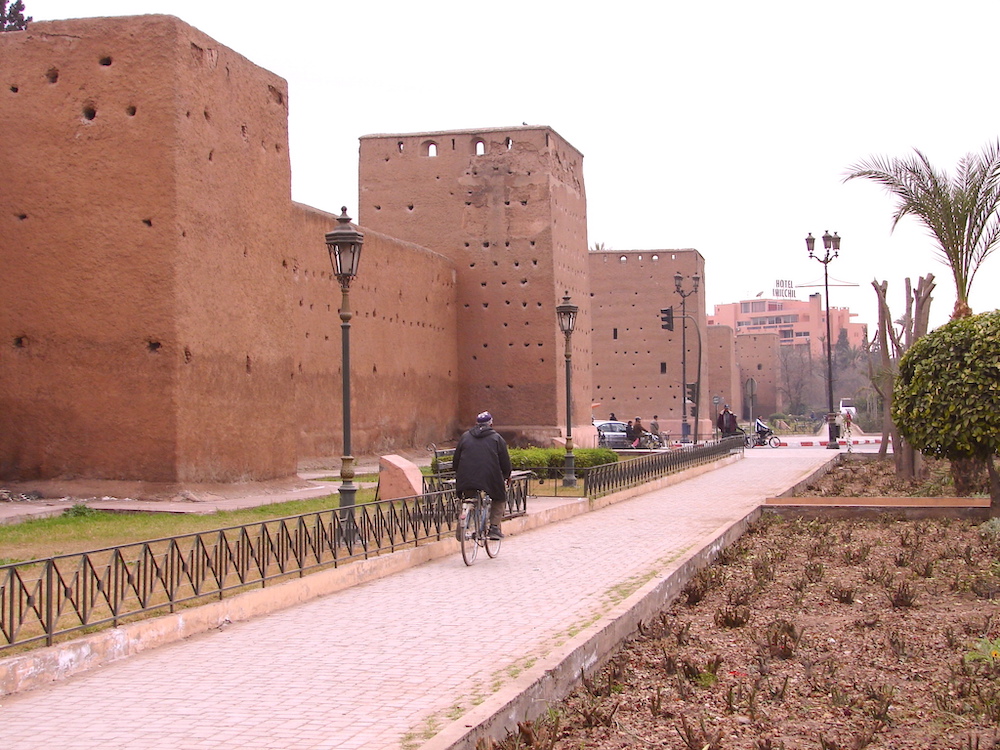
Founded in 1070–72 by the Almoravids, the Medina of Marrakech is entirely walled. The ramparts, over 9 metres high, 2 metres thick and about 20 kilometres long, were built in the 12th century by the Almoravids dynasty.
Coming to Morocco? Book your consultation
Book your 45-minute 1:1 video consultation call, and I will answer all your questions about Morocco, review your itinerary or create one together.
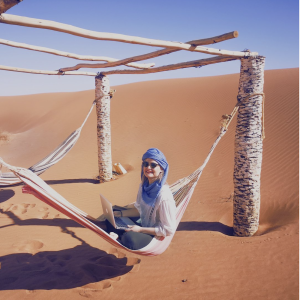

The brick ramparts have around two hundred towers and nineteen gates called “bab” in Arabic. If you have time, try to locate all nineteen Medina gates, as each is unique and has a rich history. In my opinion, the most beautiful gate is Bab Aganou, leading to the Kasbah quarter.


Medina of Marrakech Neighbourhoods
Marrakech Medina consists of different neighbourhoods, and while choosing a riad to stay in, pay attention to the location. If you are in Marrakech only for a day or two, stay close to the main Jemaa el-Fnaa square. However, I would suggest other areas for a more extended stay, so you can escape touristy streets and mingle with locals. If you don’t like crowds, you should avoid riads in the Mouassine area, especially Derb Dabachi street.
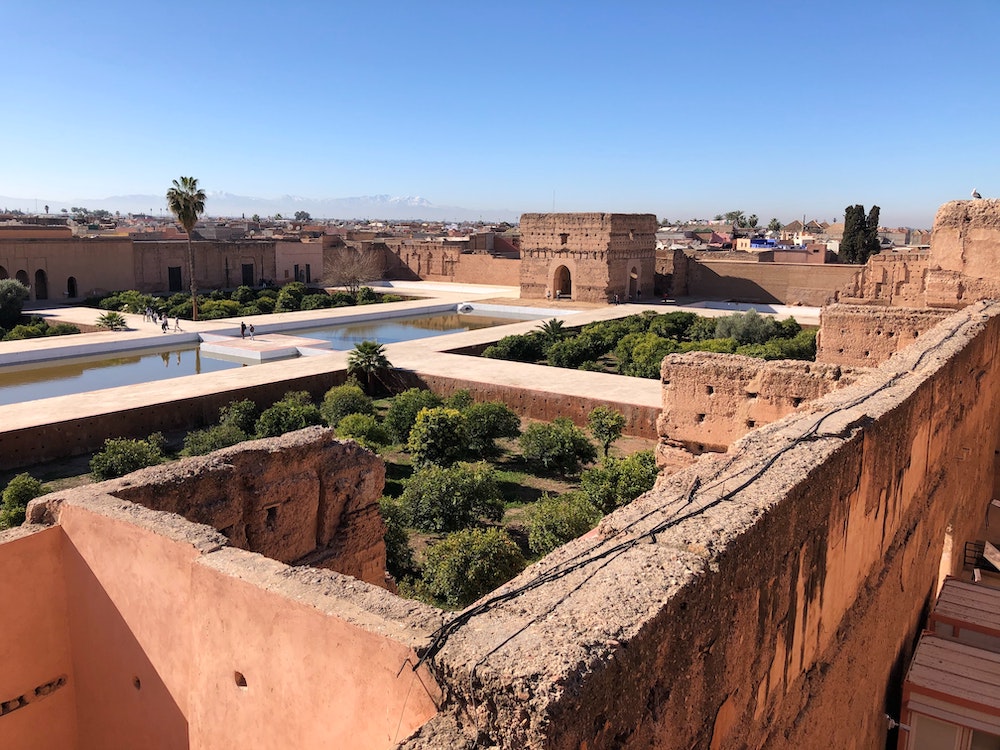

Kasbah quarter is more peaceful than Medina. The streets are not so busy, filled with local restaurants and markets. The Kasbah pays tribute to the Saadian dynasty with the famous Saadian tombs. Next to Kasbah stands Mellah, the Jewish neighbourhood with the Slat Al Azama synagogue built in 1492 and the Jewish cemetery.
My favourite quarters are clustered around the Dar El Bacha Palace and Ben Youssef Mosque—areas such as Riad Laarous and Sidi Abdel Aziz. The Bab Doukkala quarters start after Dar El Bacha Palace and continue until the local bus station, Bab Doukkala.


Bab Doukkala features daily vegetable markets, bakeries, and restaurants where locals hang out. In addition, the Bab Doukkala area is easily reachable by taxi. Unfortunately, taxis don’t go in in many parts of Medina, which may not be a good idea if you stay out at night.
Behind the gates of Bab Taghazout, you will find a very local quarter of Sidi Bel Abbes, named by the most famous saint of Marrakech. This neighbourhood is authentic, tranquil and lively, remains comparatively unspoiled by tourism and has its genesis in the 12th century.


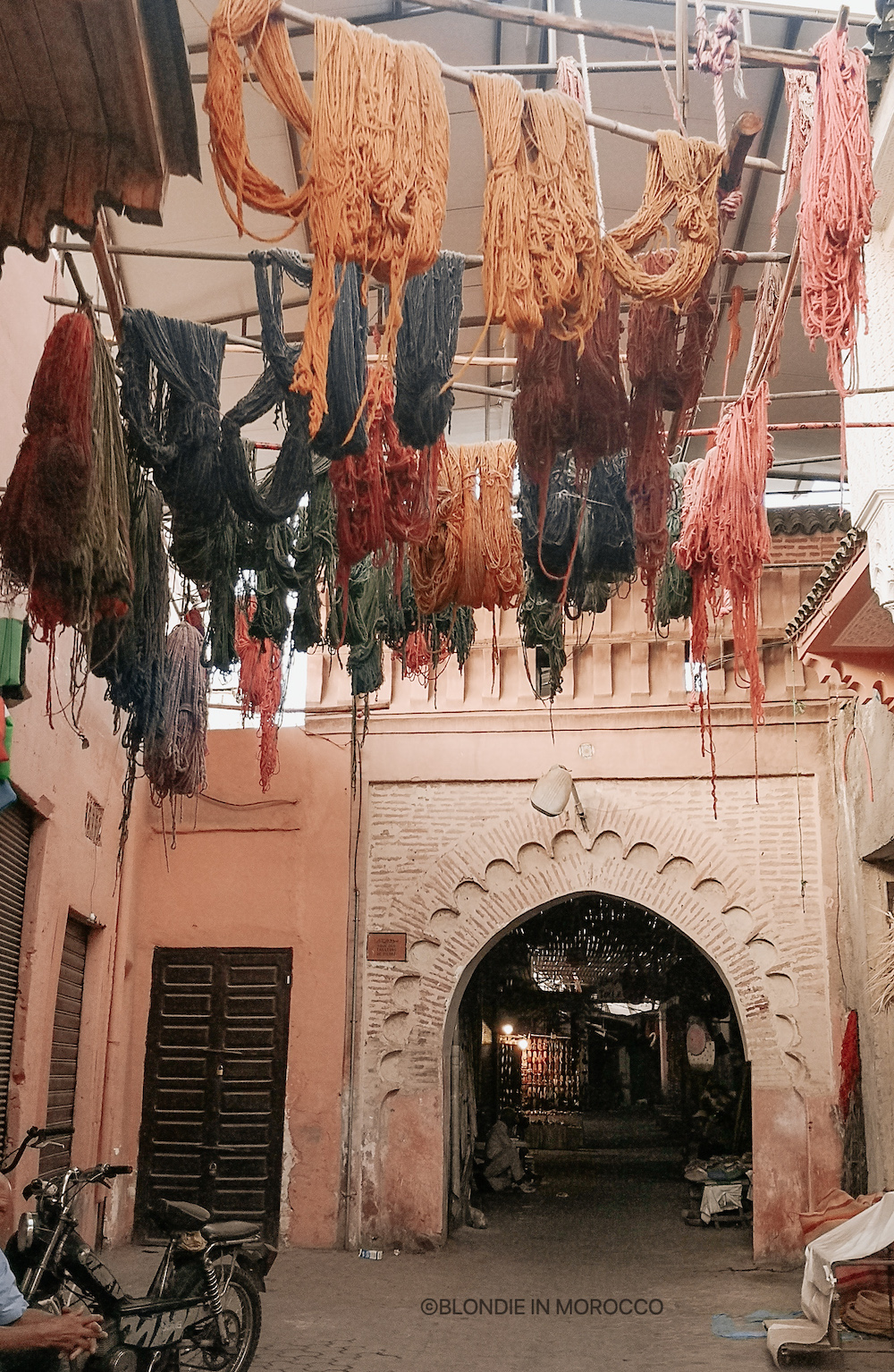

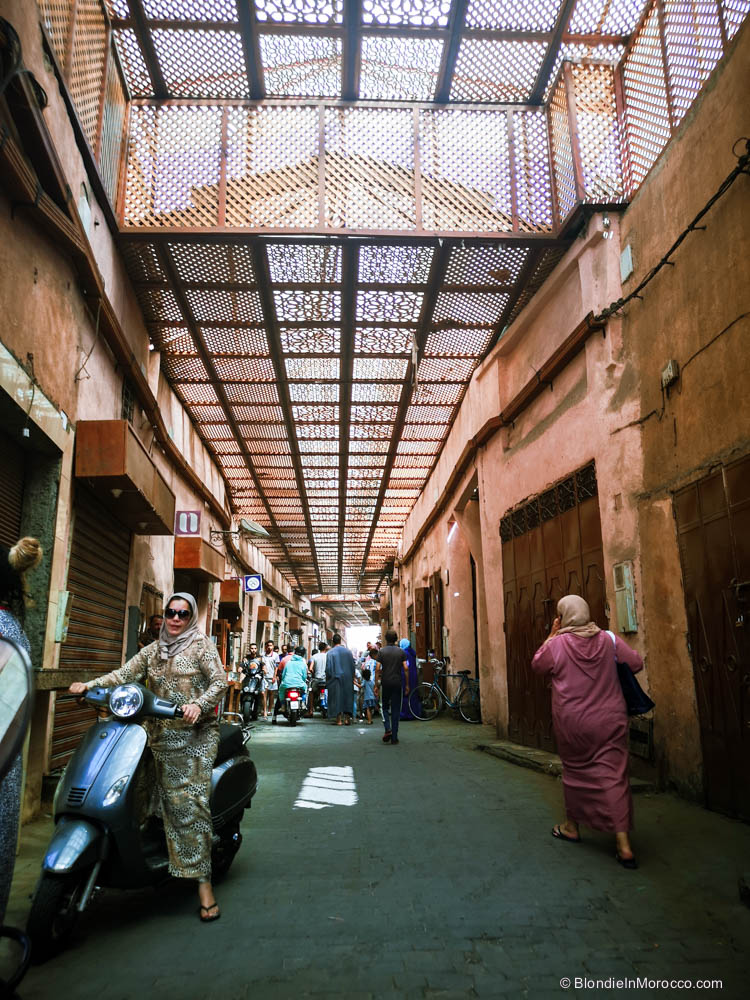

Lost in Medina
It took a while to learn to navigate the streets of Medina. Until now, I get lost, and it’s part of the Medina charm. Locals in the Medina, especially young boys, love showing tourists the wrong directions, but now, I am so happy to be able to reply:
La a khouya, sakna f Marrakech, o kan araf fin ja Jamma El Fna!
(No, brother, I live in Marrakech, I know where the main square is)
INTERESTING FACTS


- Why do the ramparts of Medina have so many small holes? The walls were made of clay; it was easy to construct but also needed to be often rebuilt. So, the holes are used to place scaffolding for restoration.
- While walking in the Medina, pay attention to a dozen of storks. You can see them and their huge nests all over the Medina, especially in the Kasbah area.
- In Morocco, the storks are believed to be holy or transformed humans. Berbers believed the storks were transformed humans. People say you risk up to three months in jail if you disturb a stork.

